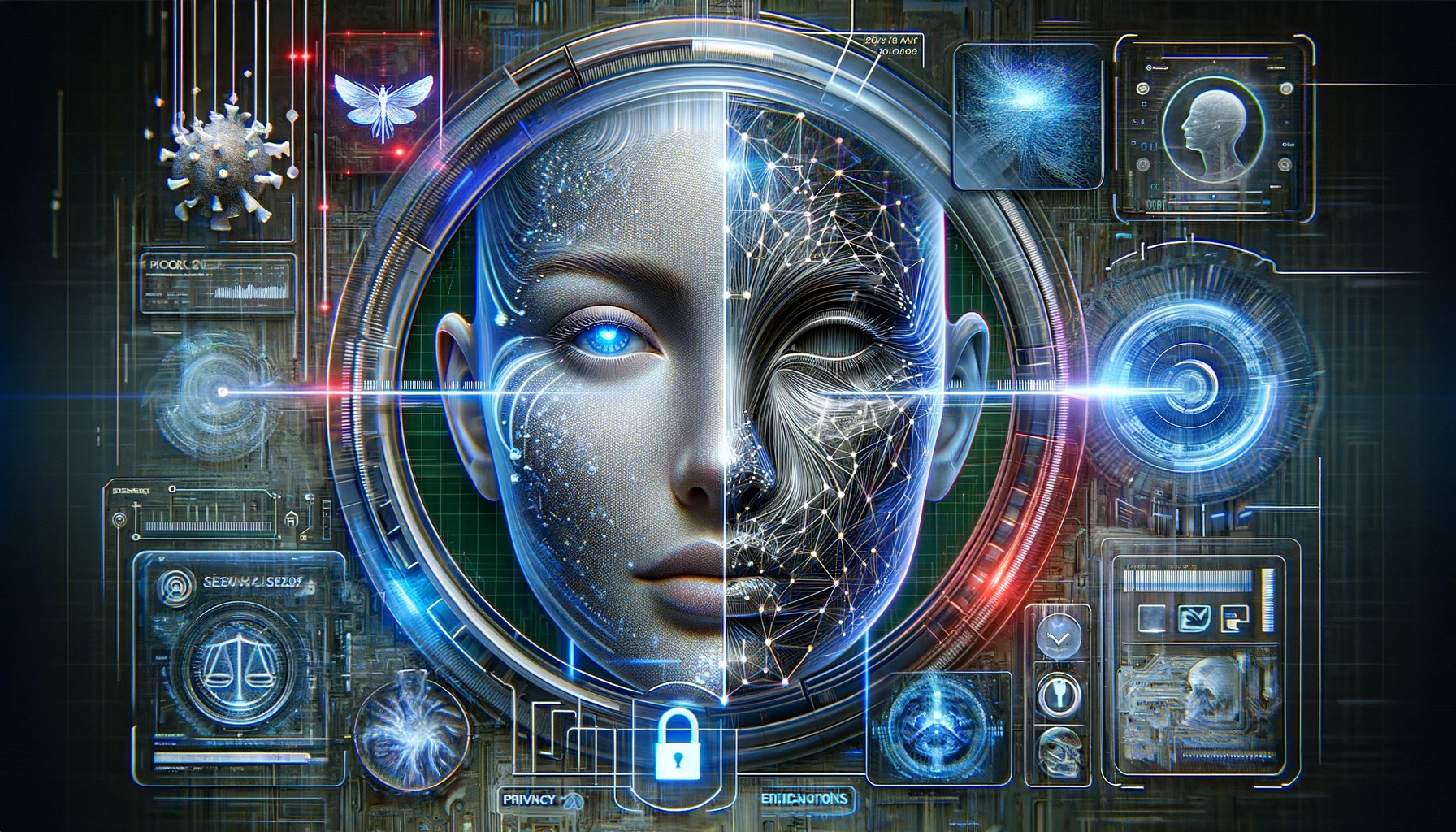
In the realm of digital innovation, face age calculators represent a fascinating intersection of technology, privacy, and societal norms. These tools, powered by advanced algorithms and machine learning, offer more than just a novelty; they hold significant implications for industries ranging from marketing to security.
This blog delves into the workings, applications, and ethical considerations of face age calculators, providing a thorough examination of their role in today's tech landscape.
A face age calculator is a technology that estimates a person's age based on their facial features. It utilizes sophisticated algorithms and facial recognition technology to analyze visual data and predict age with varying degrees of accuracy.
The core technologies behind these calculators include machine learning, computer vision, and sometimes, deep learning frameworks, which together process and interpret the intricate details of a human face.
The accuracy of face age calculators hinges on machine learning algorithms, which learn from vast datasets of facial images annotated with the ages of the subjects.
These calculators use facial recognition technology to detect and analyze key facial features, such as the eyes, nose, mouth, and the shape of the face, which can give clues about a person's age.
The development process involves:
Face age calculators are utilized across multiple sectors:
Beyond estimating individual ages, understanding the age difference between people can offer additional insights, especially in marketing strategies or security protocols. The Age Difference Calculator can be a valuable tool in these scenarios, providing a quick way to measure the gap in years, months, and days between two individuals.
While face age calculators offer numerous benefits, they also raise important privacy concerns and ethical questions:
Despite advancements, face age calculators face several accuracy and fairness challenges:
Recent advancements in deep learning and AI are poised to revolutionize face age calculators, potentially enhancing their accuracy and expanding their applications.
Future developments could see these tools being used for health diagnostics, personalized education, and even in the detection of early signs of certain diseases through age-related facial features.
As we envision a future where face age calculators play a role in health diagnostics and personalized services, the Reverse Age Calculator emerges as another innovative tool. By determining an individual's birth date based on their current age, it offers a reverse perspective on age analysis, complementing the forward-looking capabilities of face age calculators.
A face age calculator is a tool that uses facial recognition technology and machine learning algorithms to estimate a person's age based on their facial features. It analyzes various aspects of the face, such as structure, fine lines, and other age-related traits, to make its estimation.
Face age calculators work by first detecting a face in a given image using facial recognition technology. Then, machine learning algorithms analyze the detected face for features that correlate with age, such as wrinkles, facial contours, and skin texture. The algorithms compare these features against a trained dataset to estimate the age of the person.
The accuracy of face age calculators can vary significantly depending on the algorithm's quality, the diversity of the training data, and the conditions of the photo (lighting, resolution, etc.). While modern calculators can be surprisingly accurate under optimal conditions, variations in ethnicity, facial expressions, and image quality can lead to less accurate estimates.
Face age calculators are developed using a combination of technologies, including machine learning, computer vision, and facial recognition algorithms. Deep learning frameworks, such as TensorFlow or PyTorch, are often used to train the underlying models on large datasets of facial images.
While face age calculators can provide an estimate of a person's age, they are not typically used for authentication purposes due to variability in accuracy. However, the underlying facial recognition technology can be used for biometric authentication, which is a separate application.
Face age calculators are used in various applications, including age-restricted content gating, personalized advertising, market research, social media filters, and entertainment apps. They can also play a role in security systems and age verification processes.
Ethical considerations include privacy concerns, as these tools process sensitive biometric data; potential biases in age estimation across different demographics; and the consent of individuals whose faces are analyzed. Ensuring transparency, fairness, and data protection is crucial.
Developers address biases by training the models on diverse datasets that include a wide range of ages, ethnicities, and genders. Additionally, continuous testing and model adjustment are necessary to minimize biases and improve accuracy across all demographic groups.
Future developments may include enhanced accuracy through advanced machine learning models, broader applications in health and wellness (such as detecting signs of aging-related diseases), and improved privacy and security measures to protect users' data.
To protect your privacy, use face age calculators from reputable sources that clearly state their data use policies, including how they store, use, and protect your data. Be wary of services that do not provide clear privacy assurances or that retain your data without consent.
Face age calculators epitomize the double-edged nature of technological progress, offering innovative applications while presenting significant ethical dilemmas. As these tools evolve, it is imperative that developers, users, and policymakers work together to harness their potential responsibly, ensuring they serve the public good while safeguarding individual privacy and rights. The journey of face age calculators from a technological curiosity to a staple of digital interaction underscores the need for a balanced approach to technological innovation, one that equally prioritizes advancements and ethical considerations.